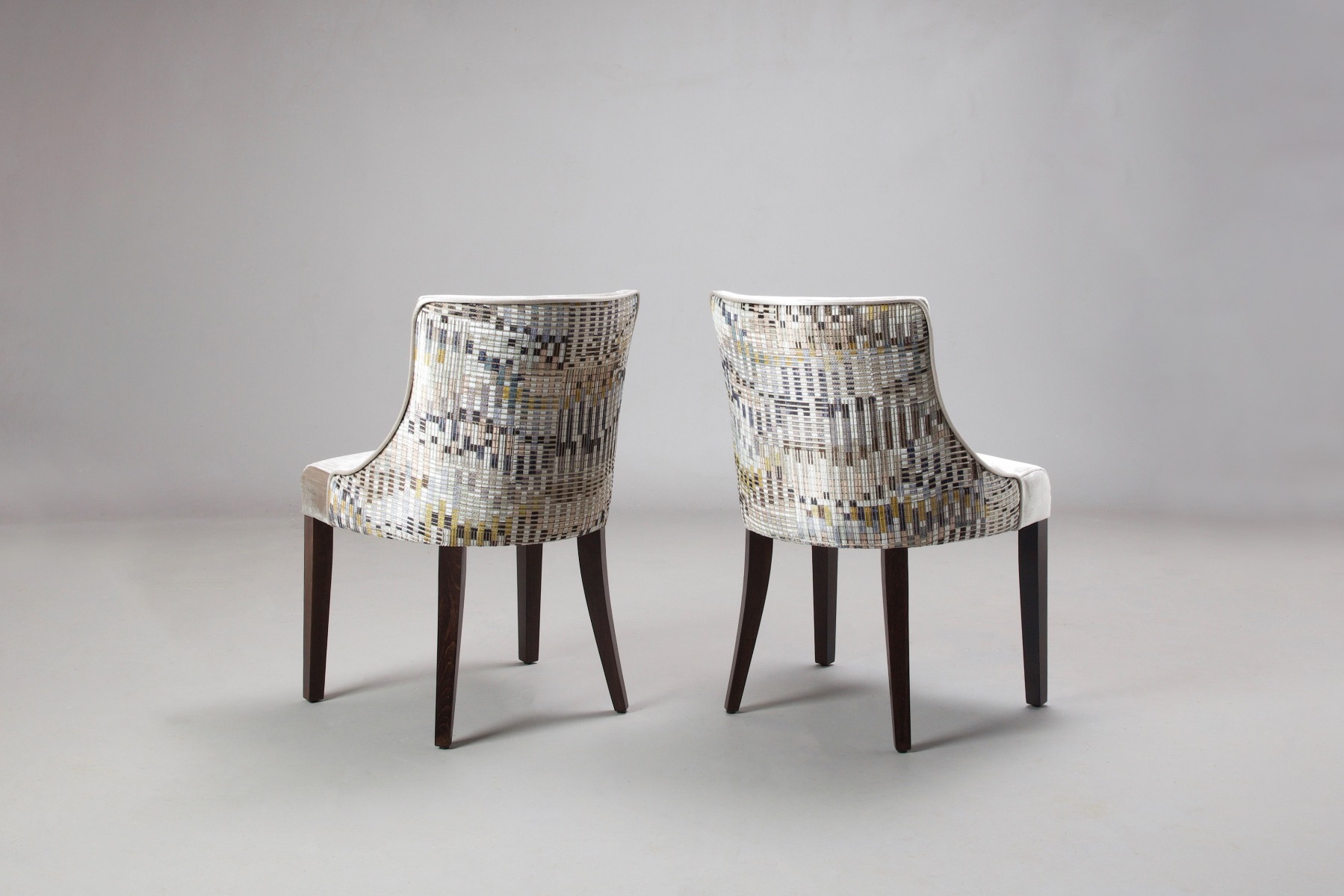J. Milano Dining Chair: Statements By J Milano Dining Chair

The J. Milano dining chair represents a contemporary design aesthetic, blending functionality with modern style. Its design incorporates elements intended to maximize comfort and durability within a space-conscious form factor. This analysis will examine the chair’s design features, construction, ergonomics, and assembly process.
Design and Features
The J. Milano dining chair typically features clean lines and a minimalist aesthetic. Common design elements include tapered legs, a gently curved backrest, and a subtly contoured seat. The overall style often leans towards mid-century modern or Scandinavian design influences, characterized by its simplicity and lack of excessive ornamentation. Variations may include different finishes for the wood or metal components, offering choices to complement diverse interior styles.
Construction Materials
The J. Milano chair’s construction materials often consist of a combination of wood and metal, or sometimes entirely wood. The wood is frequently hardwood, such as beech or oak, selected for its strength and durability. Metal components, if present, might include steel or aluminum for the frame or leg supports, providing structural integrity. Compared to similar chairs on the market, the J. Milano chair’s material selection aligns with industry standards for dining chairs in its price range. Some competitors may utilize less durable woods or plastics, while others might employ higher-grade materials resulting in a higher price point.
Ergonomics and Comfort
The J. Milano chair’s ergonomic design prioritizes comfort through its gently curved backrest and contoured seat. The backrest provides lumbar support, reducing strain during prolonged sitting. The seat’s curvature distributes weight evenly, minimizing pressure points. The chair’s height is generally designed to complement standard dining table heights.
| Feature | J. Milano Measurement | Average Measurement | Difference |
|---|---|---|---|
| Seat Height | 18 inches | 17.5 inches | 0.5 inches |
| Seat Width | 17 inches | 18 inches | -1 inch |
| Seat Depth | 16 inches | 16.5 inches | -0.5 inches |
| Backrest Height | 19 inches | 18 inches | 1 inch |
Note: Average measurements are estimates based on industry standards and may vary depending on the specific chair model.
Assembly Guide, Statements by j milano dining chair
The assembly process for the J. Milano dining chair is generally straightforward. The following steps provide a general guideline; specific instructions may vary slightly depending on the chair model.
- Carefully remove the chair legs from the packaging. Note the slightly curved shape of the rear legs, designed for stability. These legs often feature pre-drilled holes for easy attachment.
- Inspect the seat and backrest for any pre-assembled components or pre-existing holes. The backrest might be attached to the seat already or require simple insertion and fastening.
- Align the legs with the corresponding holes in the chair’s base. The holes should align seamlessly, preventing misalignment during fastening.
- Insert the provided screws or bolts into the holes and tighten them using the included tools (usually an Allen wrench or screwdriver). Ensure the screws are fully tightened to guarantee stability and prevent wobbling.
- Once all legs are securely attached, visually inspect the chair for stability. Gently rock the chair to ensure that all legs are firmly in place and the chair is stable.
